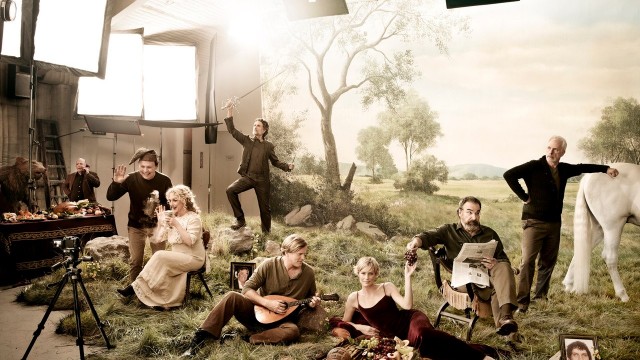There are few books better to read at Renaissance faire than As You Wish: Inconceivable Tales from the Making of The Princess Bride, by Cary Elwes and his ghost writer. (I work at faire. This means that I have to have something to read after hours or before opening or whenever I have a few minutes.) It’s not a movie we bother asking each other if we’ve seen, because the answers possible are either “yes” or “what’s wrong with you?” The only movie more frequently seen by faire staff is Holy Grail.
But when I first saw The Princess Bride, I-don’t-know-how-long-ago, I had yet to go to my first ren faire. (My mom never agreed to take me to the one in Pomona, California.) I wanted to, but I didn’t. My older sister, who I think was in seventh grade at the time it came out, had read the book. She desperately wanted to see the movie when she heard they’d made one, but this was in the era where we didn’t get to the theatres much. So the Nelsons were yet another family that first encountered the story of Buttercup and Westley and the others on videotape.
It happened a lot. The studio didn’t know what to do with that movie. It did not do very well in the theatre. Cary Elwes speculates that this is probably because social media wasn’t a thing yet; in the days of the internet, we’d all be telling each other about this great movie we’d heard about. And we did twenty-five years ago, too, but it took longer.
That said, I’m not calling it a cult classic. Yeah, so it tanked at the box office, and apparently there were a lot of critics confused by it (though Roger Ebert was once again ahead of the curve and gave it three-and-a-half stars). On the other hand, consensus has settled, and I’m just going to go ahead and call it a legitimate classic, full stop. Fine acting, outstanding writing, amazing costuming, one of the best ensemble casts ever gathered, and on and on. “Cult” also implies a much smaller audience. My faire boss makes little pewter pins with sayings on them, and “Brute Squad” has been one of our top sellers for twelve years now. “Inconceivable!” does nicely, too.
I will agree with Cary Elwes that it’s perhaps not the greatest movie for women’s roles. The two named female characters are Buttercup and Valerie. Buttercup’s mother and Countess Rugen are cut out of the story completely, and Humperdinck’s stepmother is essentially reduced to a cameo. As in, people who didn’t read the book probably don’t know she’s his stepmother. Valerie is a lot of fun, but Buttercup is relatively passive for most of the story. Almost the only time she really does anything, she is betrayed, and her sacrifice just makes things more complicated in the long run.
However, I also agree that the role is not just “show up and look pretty.” Buttercup does have a lot of emotional range—and the movie tones down the “not very bright” aspect of her personality. No, Robin Wright didn’t have to put in the intensive training that Cary Elwes and Mandy Patinkin did, since I don’t think she ever even touches a sword through the whole of the picture. However, most of her work is internal, and she has to project emotion without a whole lot of her personality making it into her lines. Do you ever quote something Buttercup said because it’s funny? “She didn’t scream while in the water with the eels” is stalwart but not quotable.
I do recommend reading the Cary Elwes book. It’s got quotes from all the living cast members, among others. It’s got some great behind-the-scenes stuff. (Apparently, he and Robin Wright did a lot of takes of the kiss, and not because Rob Reiner wanted them to.) It doesn’t have a lot in the way of pictures, if that’s what you want, but if that’s what you want, why not just go watch the movie again? That’s got all the pictures you need. This tells you things like why Inigo and the Dread Pirate Roberts flip around on that bar in the middle of the duel.
And, for those in the know, my copy of the book of The Princess Bride is still alphabetized under “M,” for “Morgenstern.”

